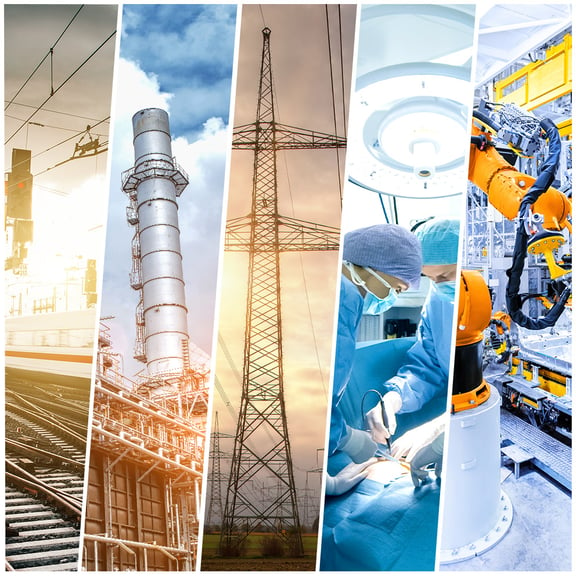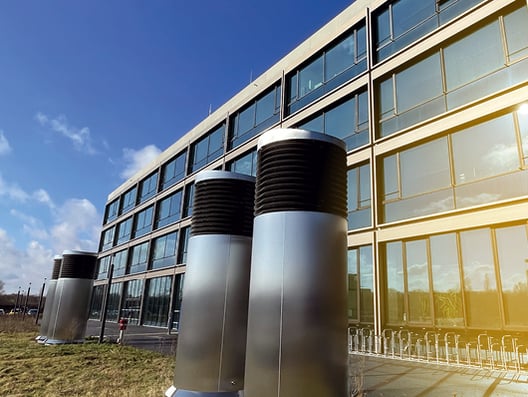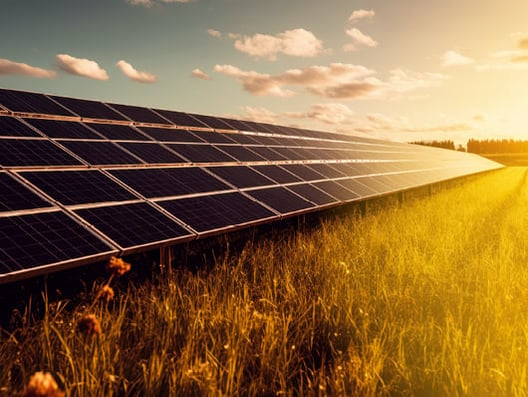5 proposals to protect critical infrastructure
No matter what happens in the world, the most important parts of the state, economy and society must function. That is why the protection of critical infrastructure is a top priority. But what can this protection look like? What measures need to be taken in the face of looming energy supply shortages or possible attacks? Failures of power supply systems, railway connections or water pipes show how vulnerable our critical infrastructure is.
Without electricity (almost) everything stands still
One thing is certain: when it comes to the functional reliability of critical infrastructure, electricity or the provision of sufficient electrical energy probably plays the most central role. Today, almost nothing works without electricity. If the power fails, for whatever reason, no petrol pump, no checkout in the supermarket, no mobile phone network will work. The state and administration as well as hospitals cannot work without electricity. And the railways would also be at a standstill to a large extent. Protective measures for critical infrastructure are therefore closely related to protective measures for the provision of electrical energy.
However, appeals or laws that oblige operators to comprehensively arm their installations and systems against hazards such as natural disasters, terrorism, sabotage but also human error are not enough. It takes smart planning and determination to then implement it. At the same time, it must be clear to everyone that there is no such thing as perfect protection.
But what does that look like, ramping up critical infrastructure protection measures? And what does that mean in detail?
How to protect our critical infrastructure: 5 proposals
1. Build structures multiple times, more back-up systems
In order to keep critical infrastructure running permanently, backup systems must be set up. If a part of a system fails, the back-up system takes over its tasks until the main system is functional again. What is standard in modern data centres must also become a model for other sectors such as energy generation, transport, water supply, government and administration, health or telecommunications.
2. System improvements through fault monitoring
However, redundancy and backup systems are not enough to increase the availability of critical infrastructure. What is needed is permanent monitoring of installations and systems that is able to detect faults at an early stage before critical conditions occur. Many errors do not occur all at once. The condition of systems and facilities often deteriorates gradually over a longer period of time. Corrosion, ageing of components, weather influences, influences due to changing temperatures or humidity cause changes in installations. Permanent system monitoring makes such changes visible and operators have the possibility to replace affected components at an early stage in the course of predictive maintenance. (More info on the topic: Increase operational safety of electrical systems through permanent system monitoring)

3. Expansion of renewable energies
Nuclear energy in and from Germany has come to an end. The years of coal-fired power plants are also numbered. If gas from Russia is now also eliminated, Germany will have a huge energy hole to plug. Although gas is now to be imported to a greater extent from other countries, it makes sense to use this gas less for electricity generation and more for heating purposes. That leaves only renewable energy. Compared to other European countries, Germany already has a fairly high share of this, but this is far from sufficient, even in the face of an ever-increasing demand for electricity. Therefore, we cannot avoid a massive expansion of renewable energies. However, energy from photovoltaics and wind power is not available on a constant scale. Therefore, the expansion of photovoltaic and wind power plants must go hand in hand with other measures. (Read here how photovoltaic systems and wind turbines can be operated with high availability.)
4. Expansion of battery storage systems and smart grid solutions
Storage for electrical energy is rare. Even though a lot has been done in this area in recent years, the amount of electrical energy that can currently be stored is far too small to be able to bridge longer downtimes, for example. (You can read how battery energy storage systems can be operated safely here.) A short-term solution could be to use the many e-cars and their battery storage to support the power grid. But here we are still at the very beginning. Very few charging stations in Germany are smart-grid-capable. (A selection of smart-grid-compatible charge controllers for wallboxes and charging stations can be found here.)
5. Green hydrogen production
Green hydrogen has been something of a magic word in the (energy) industry for some time now. And indeed, there is enormous potential in this chemical element. On the one hand, hydrogen is available in almost unlimited quantities - in the form of water. In addition, hydrogen is perfectly suited as an energy carrier or energy storage medium. And finally, no CO2 is produced during the synthesis of hydrogen and its recovery to electrical energy. The prerequisite for this is that the hydrogen is produced by electrolysis from renewable energies. The scenario would look like this: If too much renewable energy is available, this energy is put into the production of hydrogen through electrolysis. This "green hydrogen" is stored and "burned" back into water at times when too little electrical energy is available. Emission-free! (Read more about green hydrogen here.)
This keeps our critical infrastructure safe
Many of the above-mentioned individual measures are known. But only considered together do they make sense. The expansion of renewable energies is of little use if the electricity generated is not securely and permanently available. Back-up systems or battery storage also only help if their functionality is guaranteed in the long term. Protective measures for critical infrastructure include permanent fault monitoring using suitable measurement technology. While it cannot prevent failures 100%, it can avoid many critical situations and thus protect our critical infrastructure.
Bender offers solutions for many of the areas described in this article. Here you can find more information.
If you look for a solution for your application, please contact us.




